Do you have a question about the peplink 580 and is the answer not in the manual?
| Category | Network Router |
|---|---|
| VPN Throughput | 500Mbps |
| Firewall Throughput | 1Gbps |
| LAN Ports | 4 x Gigabit Ethernet |
| Wi-Fi Standard | 802.11ac |
| Cellular Connectivity | 4G LTE |
| Cellular Modem | Dual-modem |
Details the supported features for WAN, LAN, VPN, and traffic management.
Lists additional features like web administration, remote access, and reporting.
Provides a detailed overview of the Peplink Balance 20 model, including its appearance and LEDs.
Details the Peplink Balance 30 model, covering its front panel and LED indicators.
Explains the appearance and LED indicators for the Peplink Balance 210.
Outlines the necessary preparations before installing the Peplink Balance unit.
Provides steps for physically connecting the Peplink Balance to the network.
Guides on configuring LAN and WAN connections for proper internet access.
Step-by-step guide to access the device's web administration interface.
Explains how to use the wizard for initial WAN connection setup.
Details the available methods for configuring WAN connections (DHCP, Static IP, PPPoE).
Covers settings for port speed, duplex, MTU, MAC address cloning, and VLAN.
Describes how to configure checks to ensure traffic routes only to healthy WAN connections.
Explains how to configure SpeedFusionTM connections for secure branch networking.
Provides instructions for setting up IPsec VPN connections with Cisco or Juniper routers.
Details policies for managing and load balancing outbound traffic across WAN connections.
Guides on creating custom rules for managing outbound traffic behavior.
Instructions for configuring port forwarding rules for inbound traffic.
How to define servers on the LAN for inbound access distribution.
Details on defining services for inbound access rules.
Displays real-time WLAN information, including APs, online devices, and clients.
Covers managing Pepwave AP devices, including firmware updates and profiles.
Details settings for defining wireless networks, including SSID and security policy.
How to categorize users into groups for applying bandwidth and traffic policies.
Details on reserving minimum bandwidth for user groups and setting limits.
Allows prioritization of different applications based on user groups.
Instructions for configuring firewall rules to filter traffic and protect the network.
Guides on blocking access to specific websites.
Explains High Availability configurations using VRRP for redundancy.
Details on enabling and configuring the built-in PPTP server.
Guides on forwarding SMTP, Web Proxy, and DNS traffic.
Covers securing the web admin interface with user accounts and password policies.
Guides on how to upgrade the device's firmware for new features and security.
Allows synchronization of the system clock with a specified Time Server.
Guides on configuring email notifications for system events and firmware updates.
Utility for testing network connectivity by sending ICMP echo requests.
Tool to trace the routing path to a destination on the network.
Tests the throughput between different VPN peers.
Displays system information, hardware revision, uptime, and MAC addresses.
Information on active inbound and outbound network sessions.
Lists DHCP clients, their IP address, name, and MAC address.
Shows real-time, hourly, daily, and monthly bandwidth usage statistics.
Explains routing principles when using DHCP, Static IP, and PPPoE WAN connections.
A case study demonstrating how to optimize performance by balancing traffic based on service.
A case study on using Persistence to maintain consistent IP addresses during sessions.
A scenario and solution for creating inbound NAT mappings to access LAN hosts.
Lists detailed technical specifications for the Peplink Balance 20 and 30 models.
Details technical specifications for the Peplink Balance 210 and 310 models.
Lists technical specifications for the Peplink Balance 380 model.
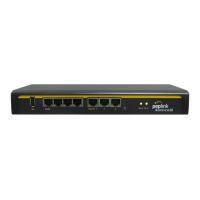
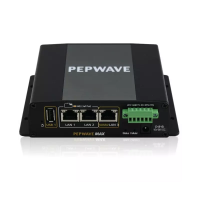
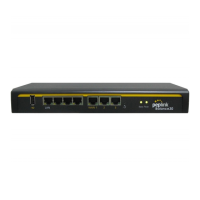


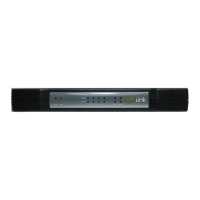


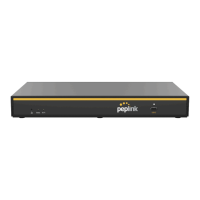
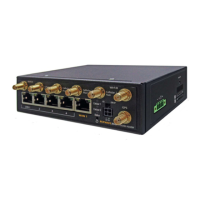
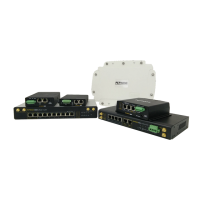

